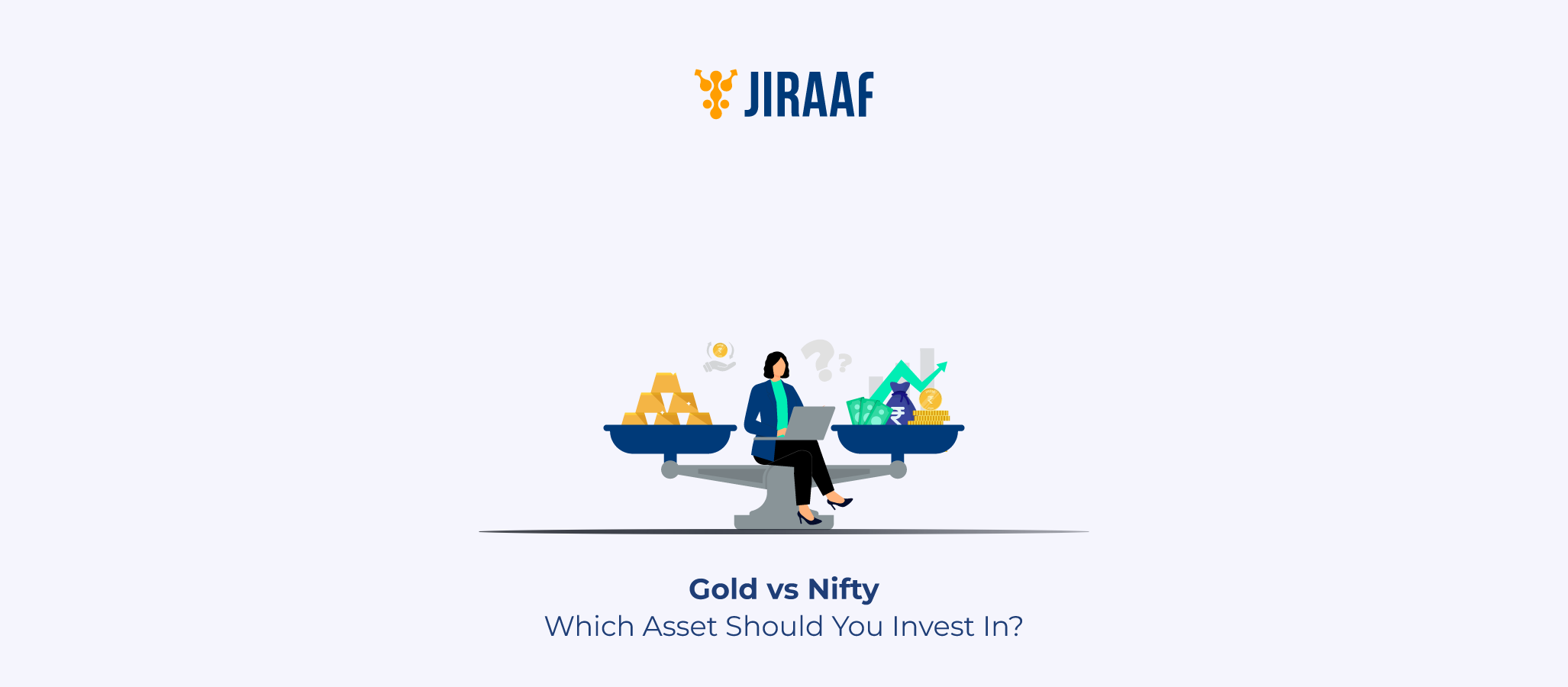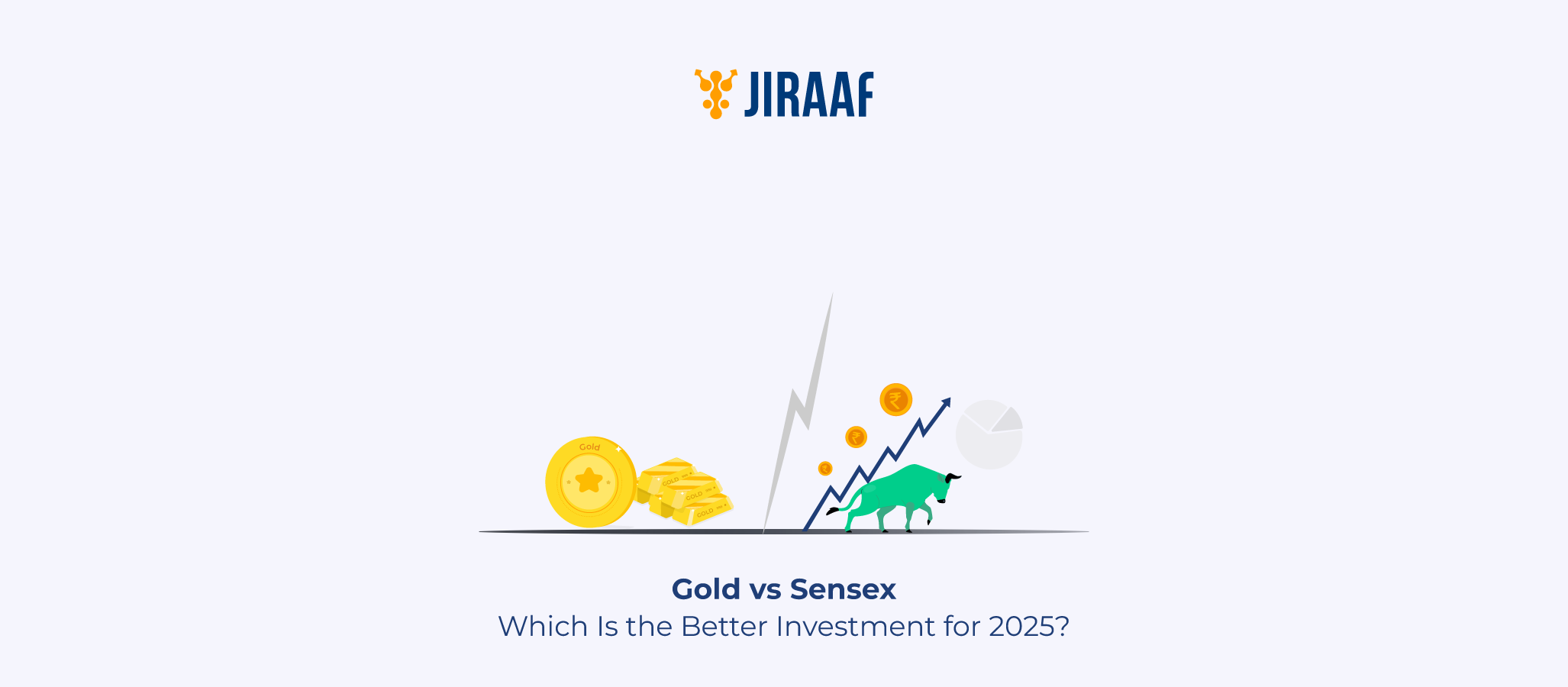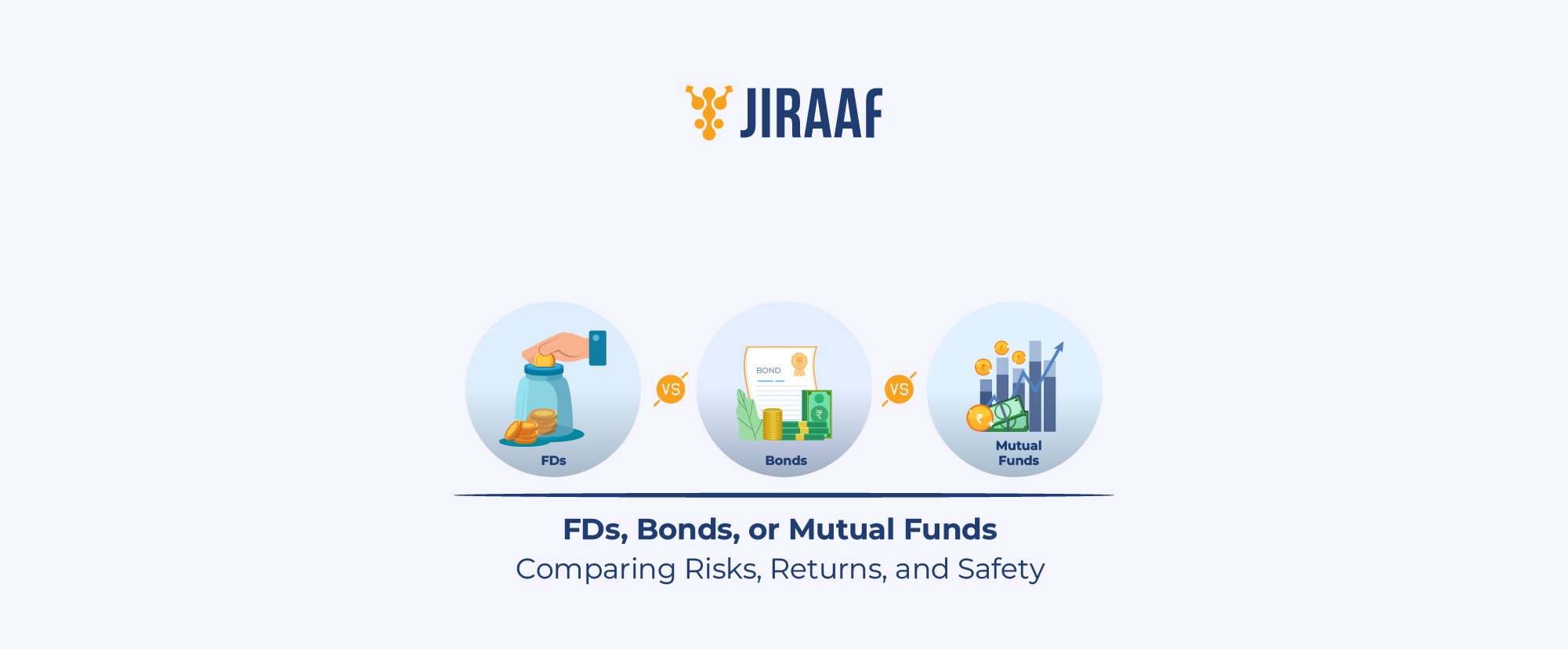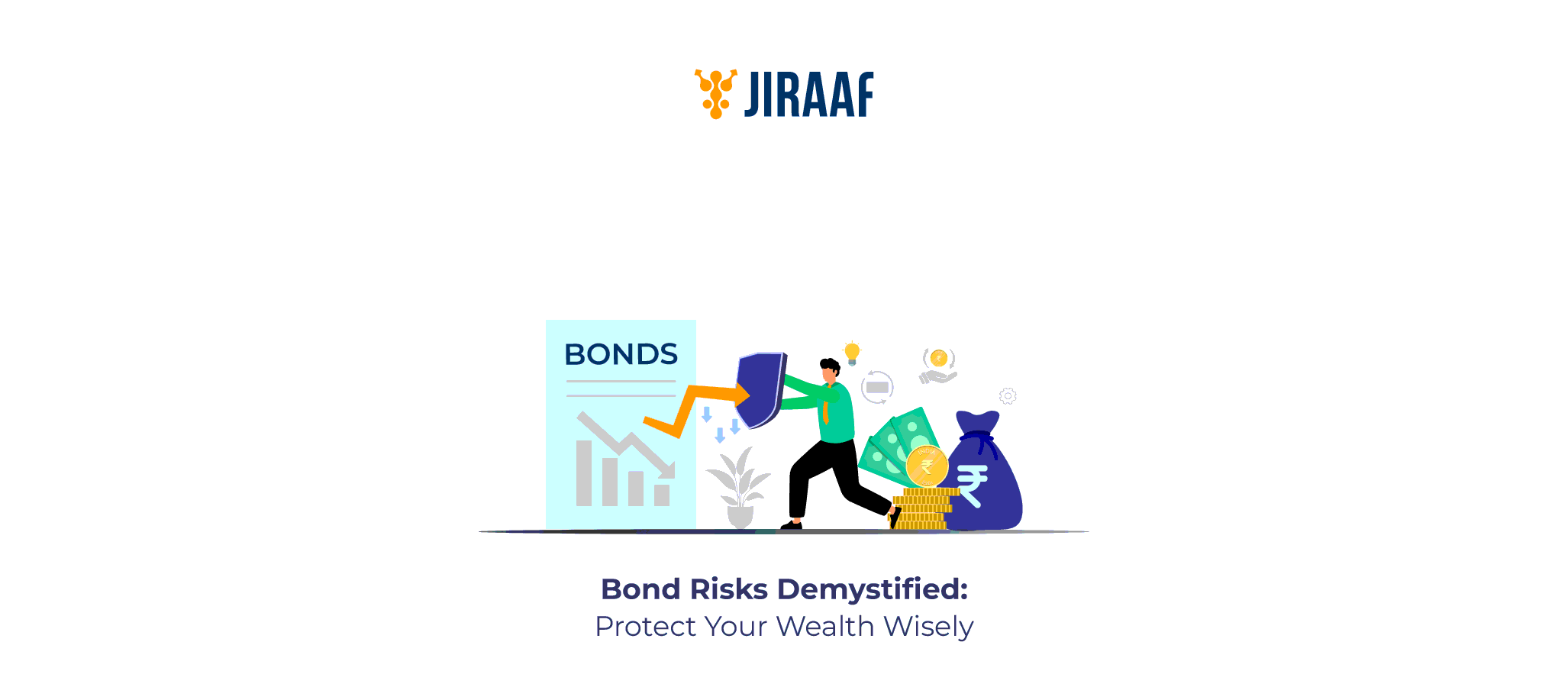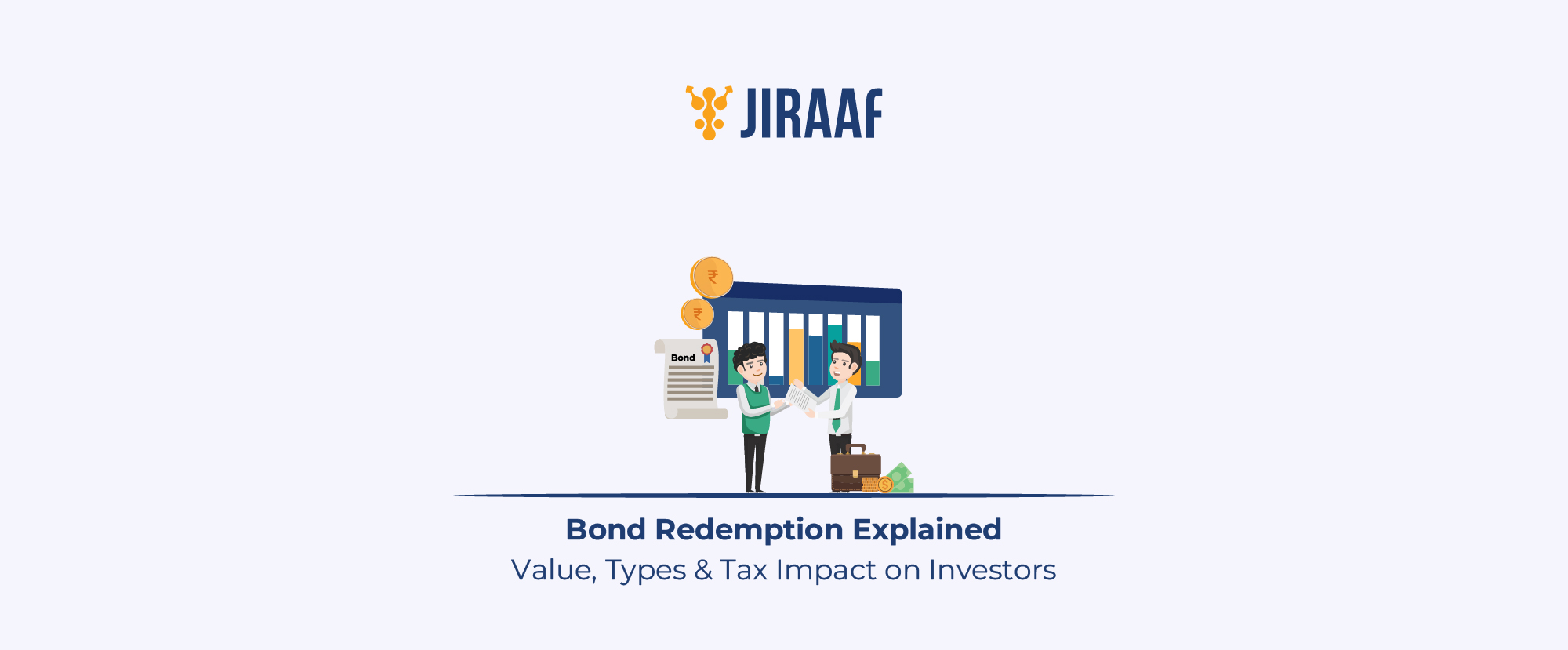Every investor wants their money to grow, but not all growth looks the same.
Some assets enable quicker growth, some others offer stable, but slower growth; very few assets can do both, like gold, and nifty 50, so it’s absolutely natural to be confused between choosing these two. Should you rely on gold, with its ability to grow and respond to global trends, or turn to the Nifty 50, which reflects the growth of India’s leading companies, to get your corpus where you need it to be?
Both are strong options, but each behaves differently, and that makes the decision tricky. If you find yourself wondering which path to take or how to balance both, this article will help clear the confusion and guide you through the possibilities.
Gold vs Nifty: Meaning and Overview
Gold has long been a cornerstone of Indian investment portfolios. It not only preserves wealth but also grows as a real asset, reflecting global demand, inflation trends, and commodity movements. While owning physical gold comes with storage and security considerations, modern options such as digital gold, gold ETFs, and paper-gold formats allow investors to include it in their portfolios and participate in potential appreciation more easily.
Nifty 50, on the other hand, represents growth driven by corporate performance. Tracking the 50 largest companies on the National Stock Exchange, it captures earnings expansion and sector leadership across banking, technology, energy, and consumer goods. Investing in Nifty allows you to benefit from the long-term success of these businesses and India’s economic momentum. These contrasts become clearer when we examine how both have delivered returns over time.
Historical Performance: Gold Price vs Nifty 50
Over the past decade, gold and Nifty have delivered strong but very different returns. Between 2015 and 2018, Nifty gained more as reforms and earnings growth lifted corporate performance, while gold delivered relatively muted results.
During periods of stress, however, gold took the lead. In 2020, when global uncertainty was at its peak, gold jumped nearly 28 per cent, acting as a safe haven, while Nifty fell sharply before recovering later. Fast forward to October 2025, gold once again surged, climbing more than 40 per cent in the past 12 months as inflation and geopolitical risks drove investors towards safety.
Nifty, on the other hand, shines in times of expansion. In the post-pandemic years, the index benefited from strong corporate earnings and a recovering economy, giving long-term investors healthy returns. These contrasting patterns show why many prefer to hold a mix of both.
Past numbers highlight the difference, but to understand why this happens, it’s important to see the factors that drive each asset.
Factors Affecting Gold and Nifty Performance
Performance of both gold and Nifty is shaped by very different forces. Knowing what drives them helps investors see why they often move in opposite directions.
| Key Drivers for Nifty | Key Drivers for Gold |
| Company earnings and growth directly push the index higher or lower | Demand for safety rises during crises, boosting prices |
| Economic policies such as interest rates, taxation, and reforms influence profitability | Inflation pushes investors to gold as it protects purchasing power |
| Sector strength in areas like banking, IT, or consumer goods can swing overall performance | Rupee movements affect local prices since India imports gold |
| Entry of innovative businesses or new market leaders changes investor sentiment | Central bank buying or rate decisions shape global demand |
| Global flows of capital, trade conditions, and worldwide economic trends add volatility | Seasonal and cultural buying, especially in India, provides consistent support |
These drivers explain the movement, but investors also need to know the risks attached to each choice.
Risk and Volatility in Gold vs Nifty
Understanding potential risks is as important as evaluating the factors driving them. Both gold and Nifty can fluctuate, but the reasons and magnitudes differ. Awareness of these risks helps investors plan allocations according to their comfort level and goals.
| Key Risks in Nifty | Key Risks in Gold |
| Market swings can be sharp due to global or domestic events | Gold prices fluctuate with global commodity markets, currency movements, and geopolitical tensions |
| Changes in interest rates, inflation, or government policies can affect valuations | Heavy allocation may limit long-term returns compared to equities or growth assets |
| Company-specific issues like poor earnings, management problems, or scandals may drag the index down | Physical gold requires secure storage, adding cost and logistics |
| Liquidity risk is low for large-cap stocks, but sharp downturns may restrict selling at desired prices | Digital gold, ETFs, and paper-gold formats face market swings and tracking errors |
| – | As a global commodity, prices depend on supply-demand trends, mining output, and investor sentiment |
With both returns and risks in view, the decision ultimately comes down to which option fits an investor’s goals better.
Which is Better for Investors: Gold or Nifty?
Deciding between Gold and Nifty ultimately comes down to your financial goals, investment horizon, and comfort with risk. Both have their strengths and limitations, and we have already seen what drives their performance and the risks involved.
Here are some general and widely accepted assumptions of investment:
- Long-Term Growth: If your goal is to build wealth over several years, Nifty can offer higher returns, riding on corporate growth and economic expansion.
- Wealth Preservation: Gold shines as a hedge against inflation and economic uncertainty, protecting the value of your savings during turbulent times.
- Balanced Approach: A mix of gold and Nifty can provide both growth and stability, reducing the impact of market volatility while keeping part of your portfolio secure.
- Short-Term Needs: For near-term goals, gold may be safer as it generally reacts less dramatically than equities, offering a cushion during sudden market swings.
- High-Risk Appetite: Investors who can tolerate market ups and downs and seek compounding growth may tilt more toward Nifty.
- Crisis Protection: If you are more conservative or worried about geopolitical or economic shocks, a higher allocation to gold may give you peace of mind.
Ultimately, the ideal allocation depends on your unique situation, risk appetite, and timeline. Diversifying between the two allows you to benefit from growth while hedging against uncertainty, striking a balance that fits your financial journey.
Final Verdict: Diversification with Gold and Equity
The choice between Gold and Nifty is not necessarily about picking one over the other. Both have unique roles. Gold preserves wealth and acts as a hedge during uncertain times, while Nifty participates in economic growth and offers compounding potential. Diversifying your investments across both allows you to balance growth and safety, capturing the benefits of each asset.
Before finalizing your allocation, consulting a financial advisor can help ensure your choices align with your goals, risk tolerance, and investment horizon. Thoughtful planning can turn your portfolio into a resilient combination that grows steadily while protecting against volatility.
